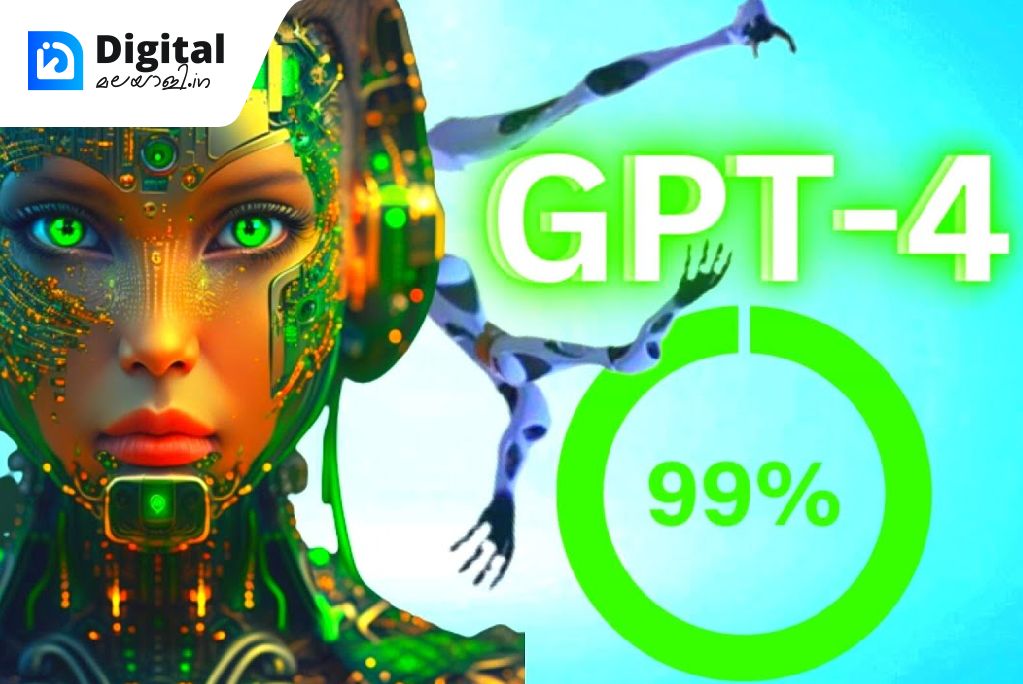Nvidia has been a dominating force in the graphics processing unit (GPU) market for nearly 30 years. Its chips have shaped what’s possible in graphics and have been coveted by gamers worldwide. However, its chips are now powering something entirely different – artificial intelligence (AI).
One of the most revolutionary AI creations is ChatGPT, which has sparked intense conversation and venture capital interest in AI startups. The engine behind large language models like ChatGPT is Nvidia, and the company is finally reaping rewards for its investment in AI.
Nvidia’s founder and CEO, Jensen Huang, immigrated to the US from Taiwan as a kid and studied engineering at Oregon State and Stanford. In the early ’90s, Huang met fellow engineers Chris Malachowsky and Curtis Priem at Denny’s, where they talked about dreams of enabling PCs with 3D graphics. They launched Nvidia out of a condo in Fremont, California, in 1993, hoping to speed up computing so much that everyone would be green with envy.
At more than 80% of revenue, Nvidia’s primary business remains GPUs. Typically sold as cards that plug into a PC’s motherboard, they accelerate – add computing power – to central processing units (CPUs) from companies like AMD and Intel. Huang was committed to making Nvidia a fabless chip company, keeping capital expenditure low by outsourcing the extraordinary expense of making the chips to Taiwan Semiconductor Manufacturing Company (TSMC).
Nvidia’s future was far from guaranteed in the beginning. However, they smartly chose one particular combination that was a home run – computer graphics applied to video games. Nvidia is now known for revolutionizing gaming and Hollywood with rapid rendering of visual effects. In 1997, Nvidia designed its first high-performance graphics chip. By 2000, Nvidia was the exclusive graphics provider for Microsoft’s first Xbox.
Nvidia’s most recent reinvention involves AI, and it’s paying off. Large language models like ChatGPT require a vast amount of computational power to function correctly. Nvidia’s GPUs are the perfect fit for this type of workload. Its chips power far more than just gaming, and they’re used in a wide range of industries, including healthcare, automotive, and finance.
However, Nvidia relies on TSMC to make nearly all its chips, leaving it vulnerable. The biggest risk is U.S.-China relations and the potential impact to TSMC. Nevertheless, Nvidia’s future looks bright. Huang’s willingness to bet the company on seemingly impossible ventures has paid off time and time again.
In conclusion, Nvidia’s journey from gaming to AI giant has been an exciting one. Its chips have been the cornerstone of the gaming industry for almost three decades, and now they’re powering some of the most significant AI creations in history. Nvidia’s commitment to innovation has paid off, and it’s one of the rare Silicon Valley giants that still has its founder at the helm. As AI continues to shape our world, Nvidia’s role in this exciting new field will only grow.



